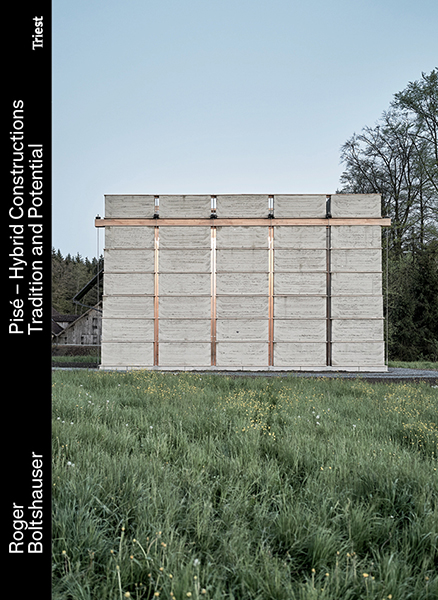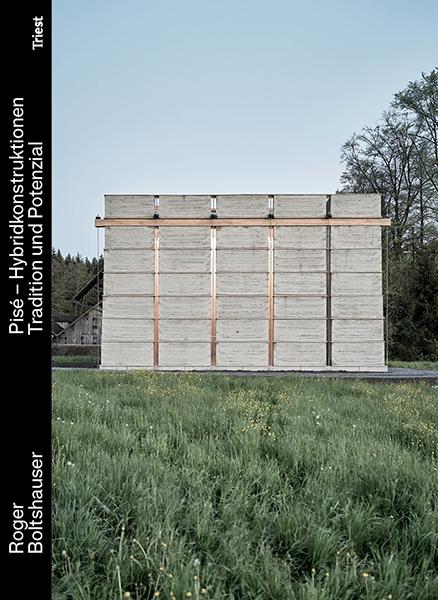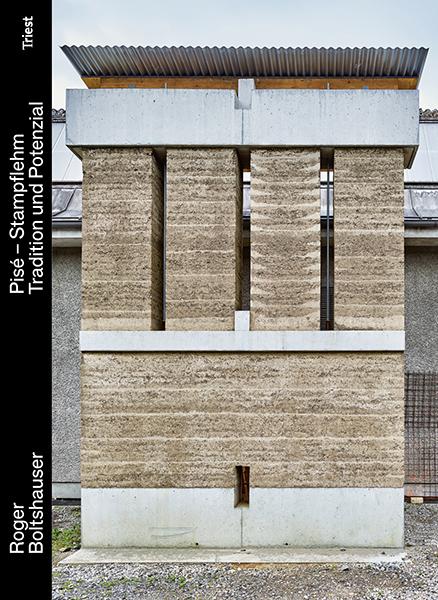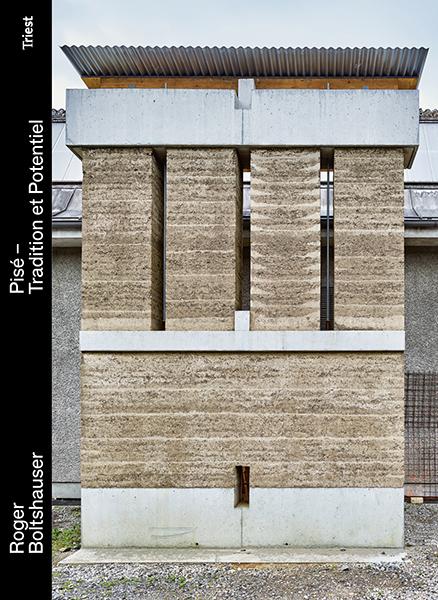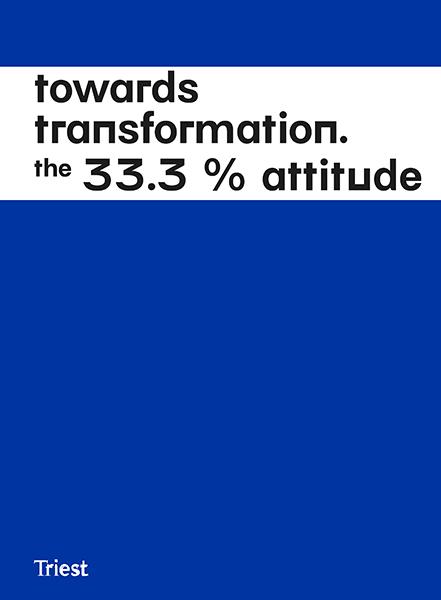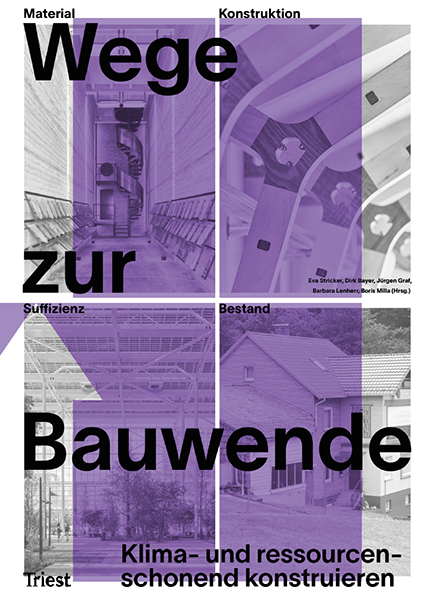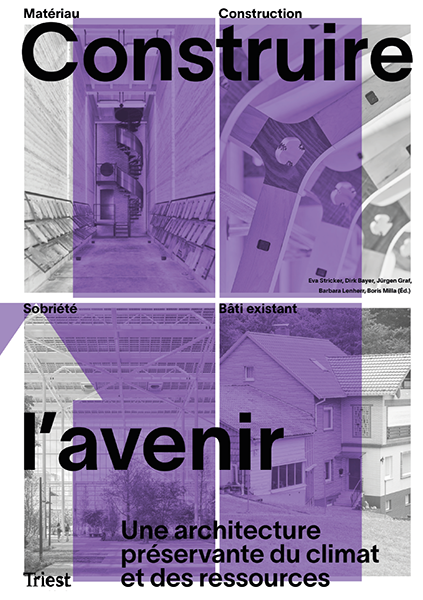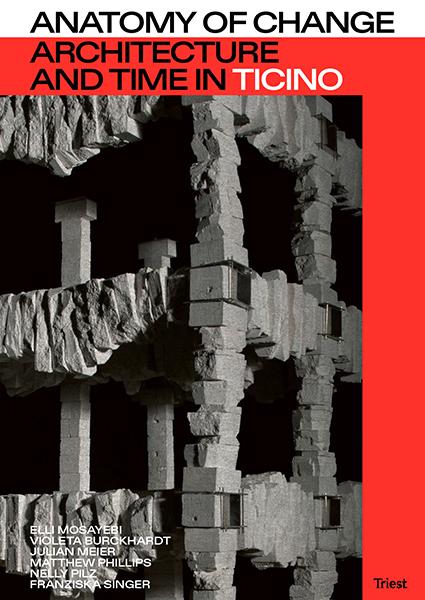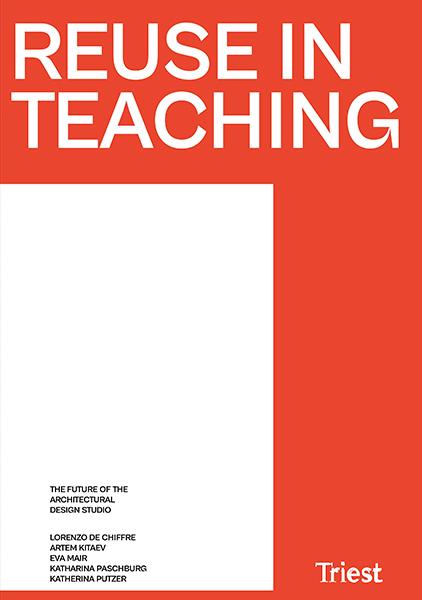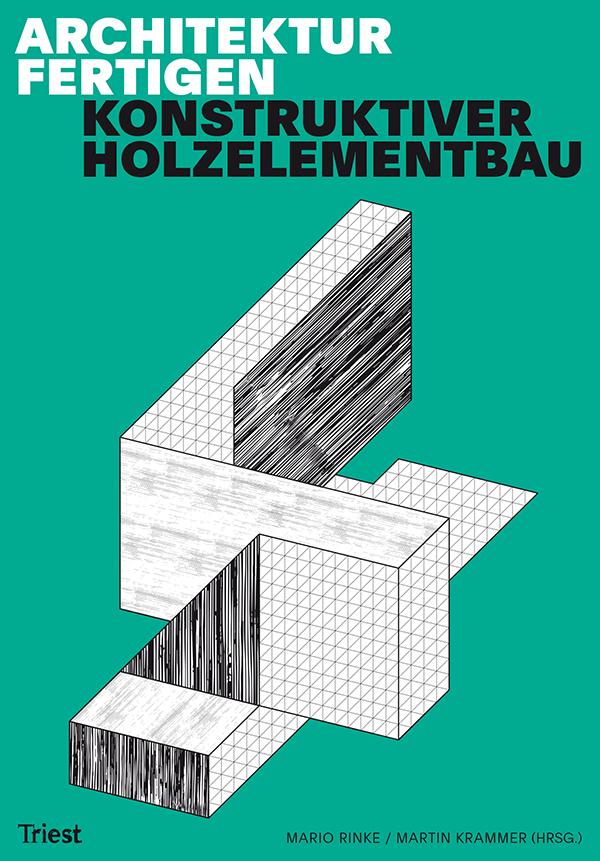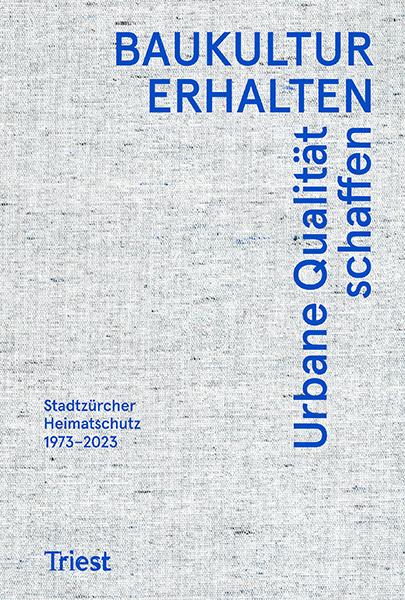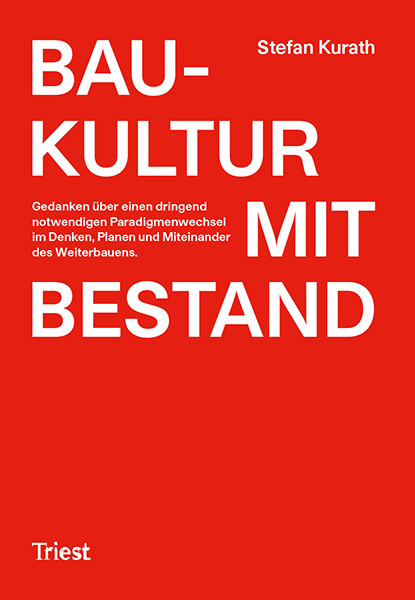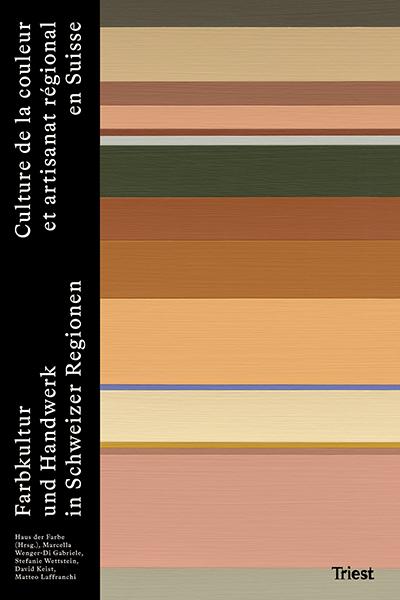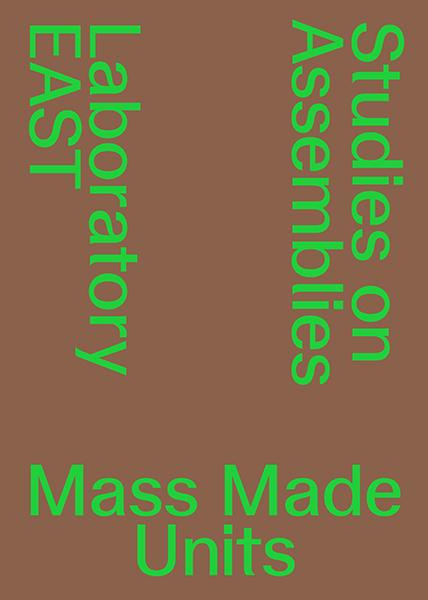Roger Boltshauser with Mirjam Kupferschmid, Janina Flückiger, Marlène Witry (eds.)
Pisé – Hybrid Constructions
Tradition and Potential
Book design: Maike Hamacher, Zurich
English edition
ca. 528 pages, ca. 450 images, 22 × 30 cm, hardcover
Euro [D] 98.–, Euro [A] 100.70
Pre-order. Available February 2026
ISBN
978-3-03863-096-8
• Strategies for a cultural change in the construction sector by example of hybrid constructions made from natural, renewable raw materials
• Resource-efficient construction methods and their implementation in the construction industry
• Examples from Morocco, Switzerland, England and Europe
• Resource-efficient construction methods and their implementation in the construction industry
• Examples from Morocco, Switzerland, England and Europe
The follow-up volume to Pisé – Rammed Earth continues the
application-based analysis and presentation of building with natural
materials. Instead of investigating rammed earth structures, Hybrid Constructions describes construction with different earth building methods, also in combination with other materials.
Based
on an analysis of historical structures in Morocco, Southern and
Central Europe, the book provides the knowledge required for current
applications of hybrid earth construction – not only in terms of
structure but also with regard to maintaining a comfortable indoor
climate.
Projects conducted by students at EPFL Lausanne, TU Munich
and ETH Zurich demonstrate what this can look like. In addition to
this, structures such as the kiln tower in Cham, built with prestressed
rammed earth, or the Hortus project in Basel – a timber building with a
hybrid earth/timber ceiling structure – show how projects of this kind
can be successfully put into practice. Research buildings by Florian
Nagler in Bad Aibling and Munich show how low-tech hybrid structures can
be used to realise modern architecture.The focus is on the following questions:
– How can new materials and constructions be integrated into the urban fabric or specific locality?
– Can renewable raw materials be used to drastically reduce the amount of resources used?
– Can prefabrication cut construction costs so as to make alternative construction methods competitive on the market?
– Load-bearing structure, retrofitting the construction to absorb tensile forces.
– Low-tech instead of elaborate technical building services not only reduces the consumption of raw materials but also energy.
– Regulation of the indoor climate by means of passive measures instead of energy-intensive technical building services.
– Maintenance and dismantling
With contributions by:
Roger Boltshauser, Mirjam Kupferschmid, Jesús Vassallo, Salima Naji,
Jasmin Kunst, Marlène Witry, Hubert Guillaud, Camilla Mileto, Fernando
Vergas, Thierry Joffroy, Julien Nourdin, Arnaud Misse, Martin Pointet,
Isabelle Brunier, Ernest Menolfi,
Janina Flückiger, Felix Hilgert, Summer Islam, Paloma Gormley, Arno
Schlüter, Andrea Wiegelmann, Romain Anger, Laetitia Fontaine, Ryszard
Gorajek, Gregory Bianchi, Gian Salis, Rodrigo Fernandez, Laurent de
Wurstemberger, Coralie
Brumaud, Yi Du, Daria Ardant, Guillaume Habert, Jürg Conzett, Jörg
Habenberger, Tobias Huber, Katja Fiebrandt, Michael Klippel, Tobias
Bonwetsch, Götz Hilber, Oliver Kirschbaum, Florian Nagler, Jacqueline
Pauli, Tobias Fiedler, Stefan Marbach,
Marco Waldhauser, François Cointeraux
